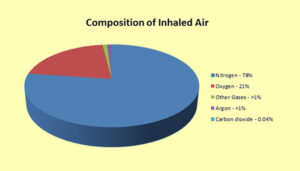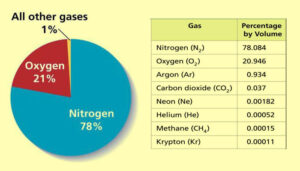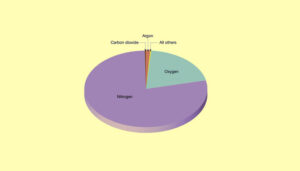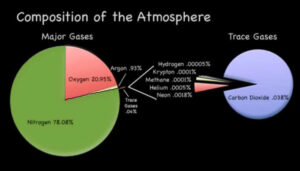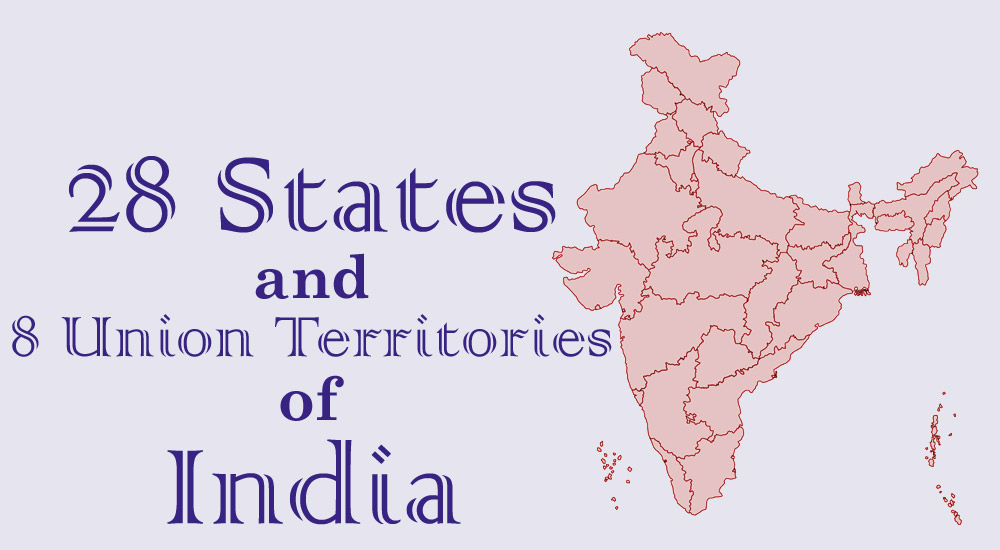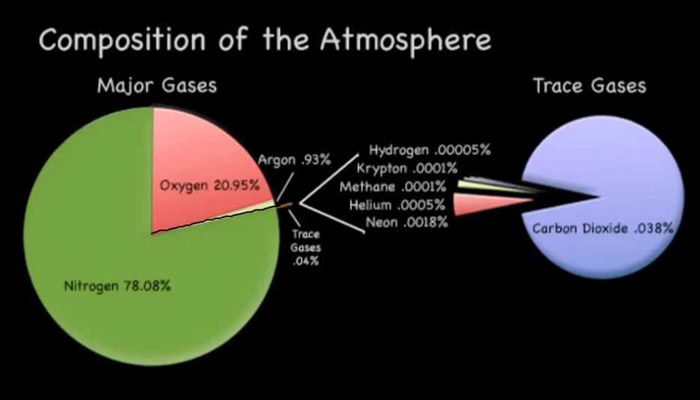The air we breathe is a complex mixture of gases, with oxygen playing a pivotal role. Understanding the oxygen percentage in atmosphere of Earth is crucial for comprehending the delicate balance that sustains life on our planet.
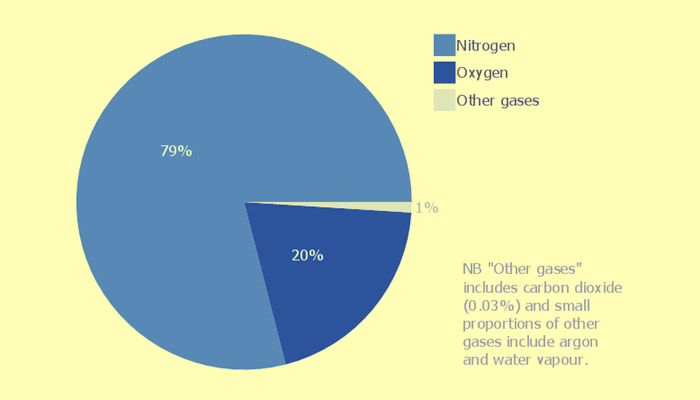
Table of Contents
21% is Oxygen Percentage in Atmosphere
As we look up at the sky, we may not realize that approximately 21% of the air around us consists of oxygen. This seemingly small percentage is paramount for the survival of aerobic organisms, including humans. Oxygen is not just a passive component of the atmosphere; it is a life-sustaining force. From cellular respiration to the combustion that propels engines, oxygen is indispensable for various biological and industrial processes.
Factors Affecting Oxygen Levels
While the percentage of oxygen in the atmosphere has remained relatively stable, both natural phenomena like wildfires and human activities such as deforestation can influence oxygen concentrations. Interestingly, oxygen levels can vary in different geographic locations, influenced by factors like altitude, temperature, and proximity to sources of pollution.
Impact of Climate Change
The looming threat of climate change raises concerns about its potential impact on atmospheric oxygen levels. Shifts in temperature and weather patterns could have far-reaching consequences. Predicting the future of atmospheric oxygen involves considering ongoing environmental changes. Scientific models offer insights into potential scenarios and their implications.
Measurement Methods
Scientists employ sophisticated methods, including gas analyzers and satellite observations, to measure the precise percentage of oxygen in the Earth’s atmosphere.
Importance for Environmental Balance
Oxygen is not only vital for breathing but also plays a crucial role in maintaining ecological balance. The intricate web of life on Earth is intricately connected to the availability of oxygen. Fortunately, initiatives around the globe are dedicated to preserving oxygen levels. Reforestation, emission controls, and sustainable practices contribute to the ongoing efforts to maintain a healthy atmosphere.
Human Activities and Oxygen Depletion
As human activities continue to alter the landscape and release pollutants, there are concerns about the potential depletion of atmospheric oxygen. Balancing industrial progress with environmental conservation becomes paramount.
In conclusion, the percentage of oxygen in the Earth’s atmosphere, though seemingly modest, is undeniably vital for life as we know it. As stewards of our planet, it is our responsibility to safeguard this precious resource for current and future generations.
FAQ
What happens if the percentage of oxygen decreases in the atmosphere?
A decrease in oxygen levels could have severe consequences, impacting both human health and the broader ecosystem.
Can human activities significantly alter the percentage of oxygen in the atmosphere?
Yes, activities like deforestation and industrial processes can contribute to changes in atmospheric oxygen.
Are there regions with higher or lower oxygen levels?
Yes, oxygen levels can vary based on geographic factors, with higher altitudes often having lower concentrations.
How do scientists measure the percentage of oxygen in the atmosphere?
Scientists use a variety of methods, including gas analyzers and satellite observations, to accurately measure oxygen levels.
What are some practical steps individuals can take to contribute to oxygen conservation?
Planting trees, reducing carbon emissions, and supporting sustainable practices are effective ways to contribute to oxygen conservation.
